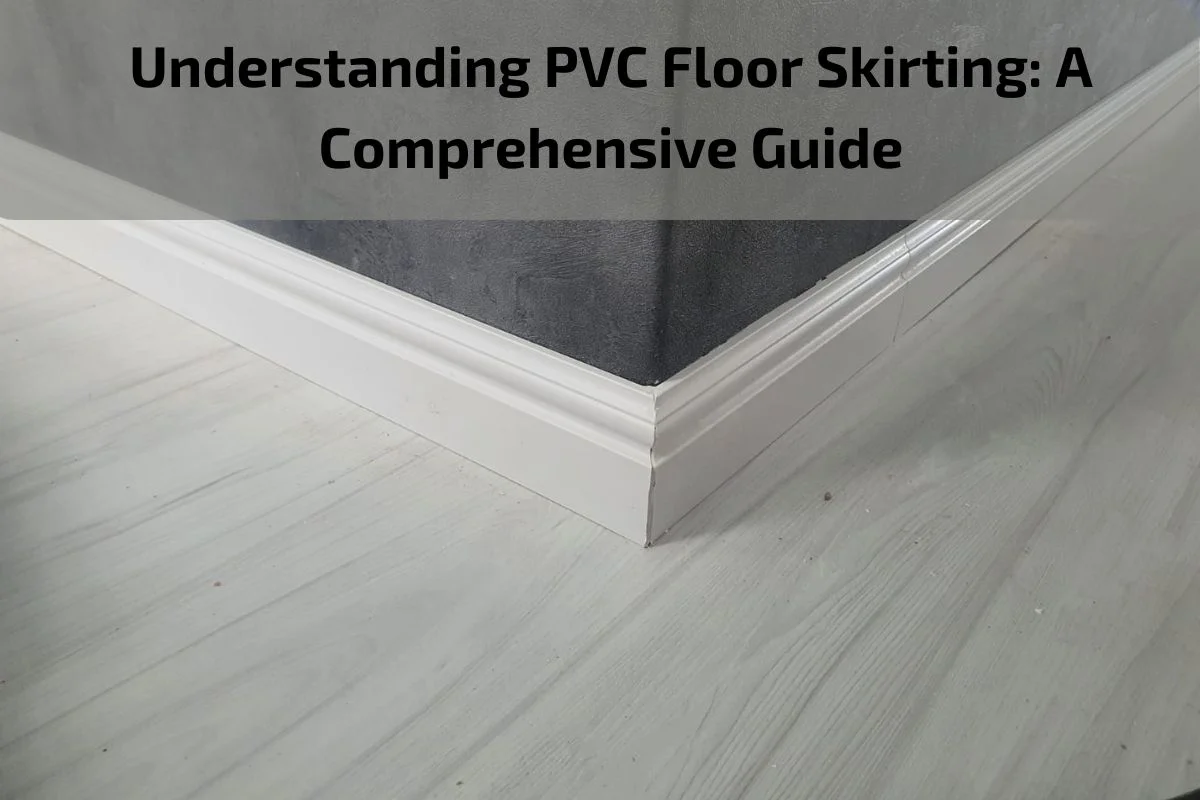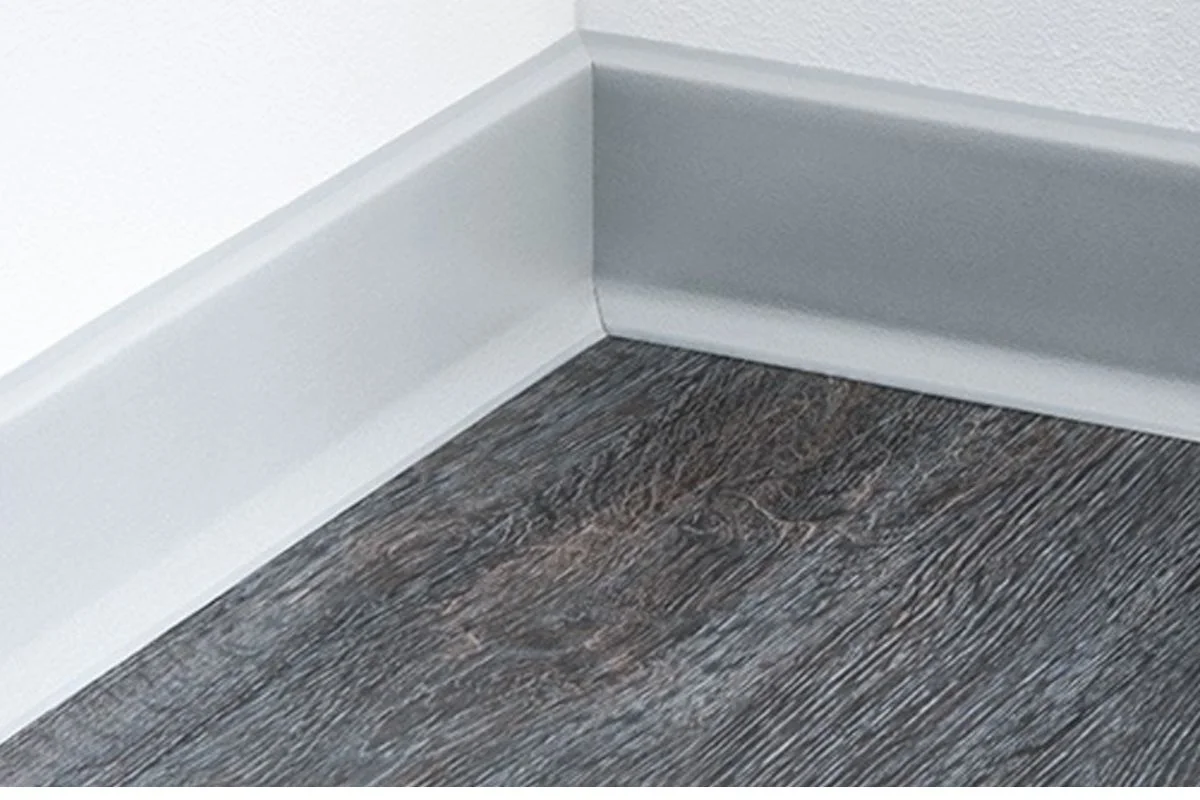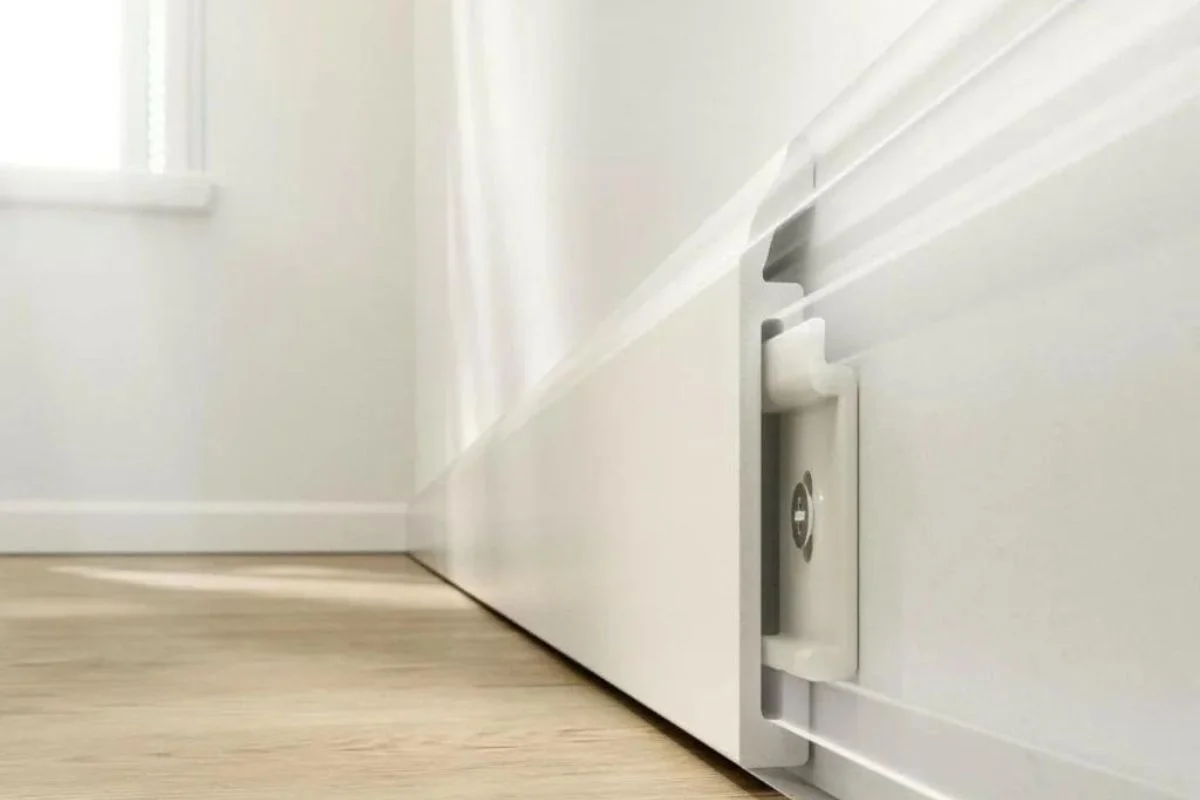PVC floor skirting, an often-overlooked element in interior design, holds significant importance in completing the visual appeal and functionality of any room. Acting as the liaison between the floor and the walls, PVC floor skirting serves as both a protective barrier and a decorative accent. In this comprehensive guide, we embark on an exploration of PVC floor skirting, uncovering its purpose, benefits, installation techniques, and maintenance requirements.
Whether you’re embarking on a home renovation project or seeking to enhance the aesthetics of a commercial space, understanding the nuances of PVC floor skirting is essential. From its foundational definition to its diverse range of applications, this guide aims to provide you with a comprehensive understanding of PVC floor skirting and its integral role in modern interior design.
Join us as we delve into the world of PVC floor skirting, unraveling its significance and uncovering the secrets to achieving a polished and cohesive interior environment.
What is PVC Floor Skirting?
PVC floor skirting, also known as baseboard or base molding, is a type of trim installed at the base of interior walls where they meet the floor. It serves both functional and aesthetic purposes within a space.
Functionally, PVC floor skirting acts as a protective barrier, shielding the bottom of walls from damage caused by furniture, vacuum cleaners, and foot traffic. It helps prevent moisture from seeping into the walls and also covers the expansion gap between the floor and the wall, providing a clean and finished look.
Aesthetically, PVC floor skirting enhances the overall appearance of a room by creating a seamless transition between the floor and the wall. It can complement the style and decor of the space, adding architectural interest and visual appeal.
PVC (polyvinyl chloride) is a popular material choice for floor skirting due to its durability, flexibility, and resistance to moisture and impact. It is easy to install, lightweight, and available in a variety of colors, finishes, and profiles to suit different interior design preferences and requirements.
Overall, PVC floor skirting plays a vital role in completing the look of a room while offering practical benefits in terms of protection and maintenance.
Definition and Purpose PVC Floor Skirting
PVC floor skirting, also referred to as baseboard or base molding, is a type of trim installed along the bottom edge of interior walls where they meet the floor. It serves multiple purposes within a space, contributing both functionally and aesthetically to the overall design.
Definition: PVC floor skirting is typically made from polyvinyl chloride (PVC), a durable and versatile material known for its resistance to moisture, impact, and wear. It is available in various profiles, shapes, colors, and finishes to accommodate different design preferences and architectural styles.
Purpose:
Protection: One of the primary purposes of PVC floor skirting is to protect the bottom portion of walls from damage. It acts as a buffer, shielding walls from impact caused by furniture, vacuum cleaners, and other objects. By covering the vulnerable area where walls meet the floor, PVC skirting helps prevent scratches, dents, and other forms of wear and tear.
Concealment: PVC floor skirting serves to conceal gaps and imperfections that may exist between the floor and the wall. It covers the expansion joint or gap required during the installation of flooring materials, creating a visually seamless transition between the two surfaces. This helps maintain a polished and cohesive look throughout the room.
Aesthetic Enhancement: Beyond its protective function, PVC floor skirting contributes to the overall aesthetics of a space. It adds depth and dimension to the room, accentuating architectural features and framing the perimeter of the floor. The choice of PVC skirting profiles, colors, and finishes can influence the visual impact of the design, allowing for customization and creativity.
Maintenance: PVC floor skirting facilitates easier maintenance of interior spaces. Its smooth surface is easy to clean and maintain, requiring minimal effort to remove dust, dirt, and debris. Regular cleaning of PVC skirting helps preserve its appearance and prolong its lifespan, contributing to the long-term durability of the interior environment.
The Benefits of PVC Floor Skirting:
PVC floor skirting, also known as baseboard or base molding, offers numerous advantages in both residential and commercial settings. Understanding these benefits can help homeowners, designers, and builders make informed decisions when selecting trim options for interior spaces. Here are some key benefits of PVC floor skirting:
Protection Against Damage: PVC floor skirting acts as a protective barrier along the bottom of walls, shielding them from damage caused by furniture, vacuum cleaners, and everyday foot traffic. By absorbing impact and preventing direct contact with the walls, PVC skirting helps maintain the structural integrity and appearance of interior surfaces over time.
Concealing Imperfections: PVC floor skirting covers gaps and uneven transitions between the floor and the wall, concealing imperfections and creating a seamless visual flow throughout the room. Whether there are slight variations in flooring height or expansion joints that need to be hidden, PVC skirting provides a clean and polished finish to interior spaces.
Enhancing Aesthetics: Beyond its functional benefits, PVC floor skirting contributes to the overall aesthetics of a room. Available in a variety of profiles, colors, and finishes, PVC skirting allows for customization and creative expression in interior design. It can complement existing decor styles, accentuate architectural features, and add visual interest to the space.
Easy Maintenance: PVC floor skirting is easy to clean and maintain, requiring minimal effort to keep it looking fresh and attractive. Unlike wood trim that may require regular refinishing or repainting, PVC skirting is resistant to moisture, rot, and insect damage, making it a low-maintenance option for busy households and commercial environments.
Durability and Longevity: PVC is a durable and resilient material that withstands the rigors of daily use. It is resistant to scratches, dents, and stains, ensuring that PVC floor skirting maintains its appearance and functionality over time. With proper installation and care, PVC skirting can last for years without showing signs of wear or deterioration.
Cost-Effectiveness: PVC floor skirting is a cost-effective trim option compared to traditional materials like wood or metal. Its relatively low cost, combined with its durability and longevity, makes PVC skirting an attractive choice for budget-conscious homeowners and project managers.
Types and Styles of PVC Floor Skirting
PVC floor skirting, available in a variety of types and styles, offers versatility and customization options to suit different interior design preferences and architectural requirements. Understanding the various types and styles of PVC skirting can help homeowners, designers, and builders make informed decisions when selecting trim options for their spaces. Here are some common types and styles of PVC floor skirting:
Flat PVC Skirting: Flat PVC skirting is a simple and minimalist option characterized by a straight, flat profile. It provides a clean and contemporary finish to interior spaces, blending seamlessly with modern decor styles. Flat PVC skirting is ideal for environments where a sleek and understated look is desired.
Ogee PVC Skirting: Ogee PVC skirting features a classic ogee profile characterized by an S-shaped curve with concave and convex sections. This decorative profile adds elegance and sophistication to interior spaces, enhancing architectural details and creating visual interest along the bottom of walls.
Chamfered PVC Skirting: Chamfered PVC skirting features a beveled edge or chamfer along the top surface, creating a sleek and angular profile. This style of skirting adds a contemporary touch to interior design, offering a crisp and modern look that complements minimalist and geometric decor themes.
Bullnose PVC Skirting: Bullnose PVC skirting features a rounded or semi-circular profile along the top edge, resembling the shape of a bull’s nose. This style of skirting adds a soft and rounded finish to interior spaces, creating a subtle visual impact while maintaining a clean and cohesive appearance.
Scotia PVC Skirting: Scotia PVC skirting, also known as cove skirting, features a concave profile that curves inward at the top. This style of skirting is commonly used in traditional and vintage-inspired interiors, adding a touch of elegance and refinement to walls and floors.
Decorative PVC Skirting: Decorative PVC skirting encompasses a wide range of styles and profiles designed to enhance the aesthetics of interior spaces. From intricate patterns and motifs to embossed textures and faux wood grain finishes, decorative PVC skirting offers endless design possibilities for creating customized and visually appealing environments.
Flexible PVC Skirting: Flexible PVC skirting is designed to accommodate curved or irregular walls, offering flexibility and versatility in installation. This type of skirting is ideal for curved or non-standard architectural features, allowing for seamless transitions and uniform coverage along the bottom of walls.
Easy Maintenance: Cleaning and Durability PVC Floor Skirting
PVC floor skirting offers not only aesthetic appeal but also ease of maintenance and durability, making it a practical choice for interior trim. Understanding the proper cleaning techniques and the inherent durability of PVC skirting can help prolong its lifespan and keep it looking fresh and attractive. Here are some tips for maintaining and cleaning PVC floor skirting:
Regular Dusting: To keep PVC skirting looking its best, regularly dusting it with a soft cloth or duster is recommended. This helps remove surface dust, dirt, and debris, preventing buildup and maintaining its appearance.
Mild Soap and Water: For more stubborn dirt or stains, mild soap and water solution can be used to clean PVC skirting. Simply dilute a small amount of mild dish soap in warm water and use a soft sponge or cloth to gently scrub the skirting. Avoid using abrasive cleaners or harsh chemicals, as they can damage the surface of the PVC.
Avoid Abrasive Materials: When cleaning PVC skirting, avoid using abrasive materials such as steel wool or abrasive cleaning pads, as they can scratch or dull the surface of the PVC. Opt for soft cloths, sponges, or non-abrasive cleaning tools to prevent damage.
Rinse Thoroughly: After cleaning with soap and water, be sure to rinse the PVC skirting thoroughly with clean water to remove any soap residue. Use a damp cloth or sponge to wipe away excess water and allow the skirting to air dry completely.
Avoid Excessive Moisture: While PVC skirting is moisture-resistant, prolonged exposure to excessive moisture or standing water should be avoided. Promptly wipe up any spills or water splashes to prevent water damage and maintain the integrity of the PVC material.
Avoid Sharp Objects: To prevent scratches or damage to PVC skirting, avoid using sharp objects or abrasive materials near the skirting. Be cautious when moving furniture or objects along the skirting to prevent accidental damage.
Regular Inspection: Periodically inspect the PVC skirting for any signs of damage, wear, or discoloration. Address any issues promptly to prevent further damage and ensure the longevity of the skirting.
Conclusion:
In conclusion, PVC floor skirting emerges as a versatile and practical solution for enhancing the aesthetics and functionality of interior spaces. Throughout this guide, we’ve explored the definition, purpose, types, installation, maintenance, and durability of PVC skirting, shedding light on its significance in modern interior design.






